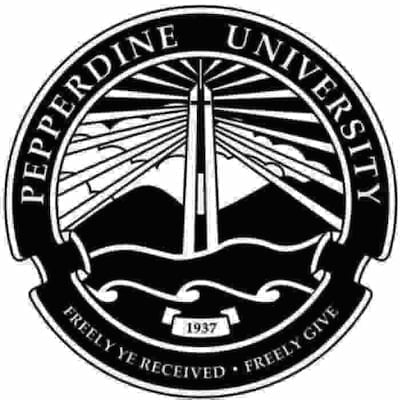
The California Coastal Commission will hear an application by Pepperdine University for amendments to the school’s developmental master plan, a necessary precursor to the school’s much-discussed expansion plan, the Campus Life Project.
The Campus Life Project proposes nearly 400,000 square feet of new development on 365 acres of existing campus land. The development would add 468 beds, expand athletic stadium seating by almost 2,000 to a total of 5,470 seats, add outdoor lighting to the women’s soccer field, build a welcome center and a nearly 800- space parking lot for the School of Law.
The amendments scheduled to be heard Thursday next week at the Commission’s meeting in San Francisco are changes to the school’s Long Range Development Plan, which the Coastal Commission originally approved for the university in the 1980s, according to university spokesperson Jerry Derloshon. Parts of the LRDP also apply to the Campus Life Project, which Pepperdine officials hope to win passage from the Coastal Commission sometime next year. The amendments at issue next week would address fears of an increase in traffic on Pacific Coast Highway and light pollution from campus ballfields.
Those fears have apparently been successfully negotiated in a series of closed-door meetings between the school and residents of the neighboring Malibu Country Estates. The neighbors have been critical of lighting for the expansion project and also argued the expansion would cause backups on PCH, noise during big campus events and view obstruction from outdoor lighting.
Pepperdine has proposed an amendment to the lighting standards in its LRDP that would carry over to the Campus Life Project.
“Lighting shall be downward directed, shielded, energy efficient, dark-sky-compatible, and shall incorporate state-of-the-art improvements in lighting technology when replaced thereafter,” the proposed amendment said.
The same downward light requirements would apply to whatever lighting is installed on a proposed outdoor athletic field.
“All sports lighting shall be designed to minimize light trespass into adjacent non-target areas, and to limit the illumination of adjacent open space and sensitive habitat areas,” the report said.
The other amendment to the LRDP would require the university to create a Transportation Demand Management (TDM) Program to implement traffic flow plans for sporting events and other special campus events held at a proposed events center during the summer and holiday weekends. The school would also have to provide sufficient parking and traffic control for events drawing more than 3,500 attendees.
Following the meetings with Pepperdine representatives, MCE Homeowners Association President Dick Gary said the residents’ biggest worry was addressed.
“We found [Pepperdine] responsive to our concerns,” Gary said. “We worked out an agreement with them that was satisfactory with both parties.”
That sentiment was echoed by Rhiannon Bailard, assistant vice president of Pepperdine’s Center for Sustainability, Governmental & Regulatory Affairs.
“Malibu Country Estates have been very helpful in providing insight into this project and have been kept apprised of status throughout the process,” Bailard said.
MCE residents have raised concerns over traffic in the past, but Gary said it became less of an issue.
“The main traffic is really out of our jurisdiction and out of our purview,” Gary said. “We had serious concerns about using the arena for concerts but we established a maximum number of dates which they would do that.”
Next week’s hearing in San Francisco pertains solely to amending the LRDP. A hearing date for the Campus Life Project in its entirety has yet to be set. In October, the Commission granted a one-year extension for its staff to review the project.
Multiple attempts to contact Jack Ainsworth, senior deputy director of the Coastal Commission’s South Central Coast District Office, and his deputy Steve Hudson, went unanswered.